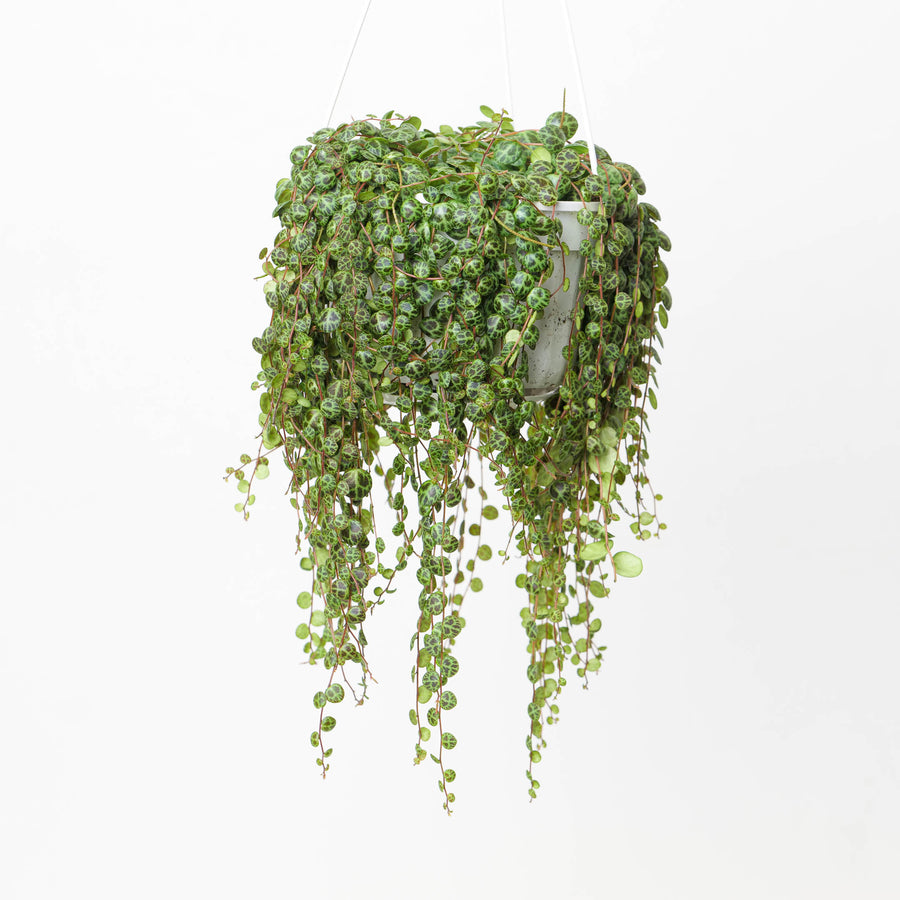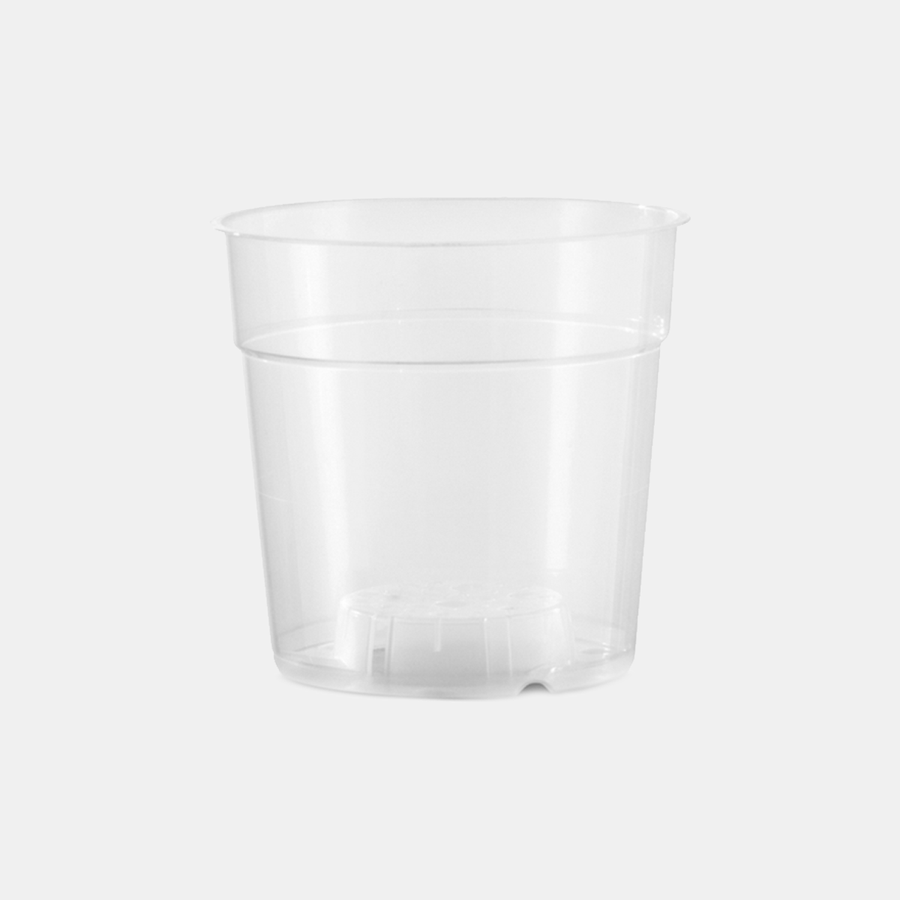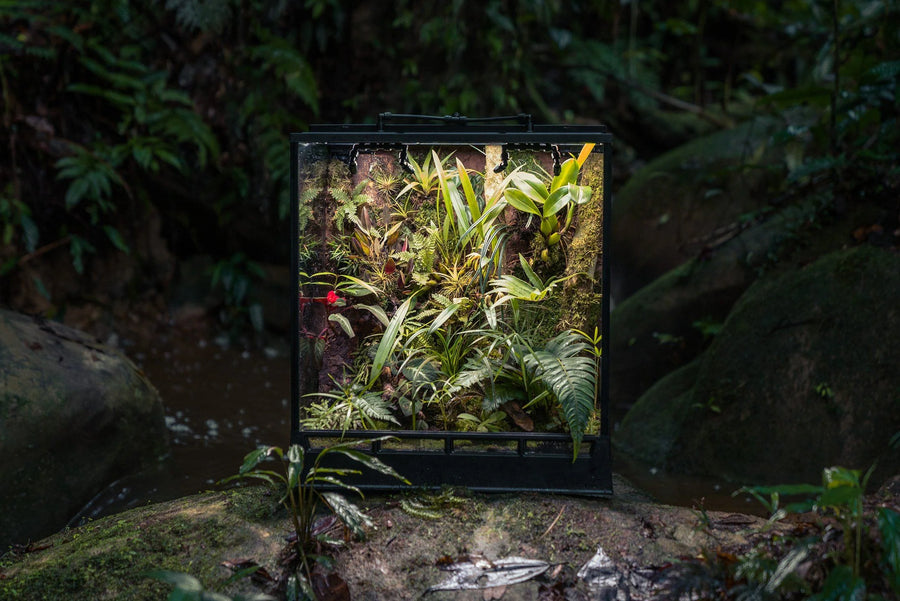White Fly On Your Houseplants? Here's How to Deal With Them
Whitefly is a common and troublesome pest that can quickly infest your houseplants, leaving behind sticky residues and unsightly sooty mould. These tiny, winged insects primarily reside on the undersides of leaves and reproduce rapidly under favourable conditions. In this guide, we’ll explain what whitefly are, how to recognise an infestation, the damage they cause, and the most effective strategies to prevent and control them.

Introduction
Whitefly infestations can rapidly undermine the health of your houseplants by sucking sap, weakening foliage, and producing honeydew that fosters the growth of sooty mould. Because of their fast reproduction and ability to disperse quickly, early detection and prompt treatment are essential. Whether you’re looking to learn how to get rid of whitefly or simply want to understand their life cycle, this guide offers practical advice and effective solutions tailored for indoor environments.
What Are Whitefly?
Whitefly are small, sap-sucking insects belonging to the family Aleyrodidae. Despite their name, they are not flies but are closely related to aphids and mealybugs. They are typically white or light grey in colour, with delicate, powdery wings that give them a dusty appearance. Whitefly are known for their rapid reproduction and their tendency to cluster on the undersides of leaves, making them a persistent challenge for indoor growers.
Identification
Physical Characteristics
- Size and Colour: Whitefly are extremely small, usually less than 1 mm in length. They have a pale, milky-white or light grey appearance with delicate wings.
- Behaviour: They tend to form dense colonies on the underside of leaves and may be observed flying up in clouds when the plant is disturbed.
- Residue: As they feed, whitefly excrete honeydew—a sticky, sugary substance that often leads to the development of sooty mould on leaves.
Signs of Infestation
- Sticky Residue: Look for a sticky film on the underside of leaves, which can attract ants and encourage fungal growth.
- Sooty Mould: The honeydew excreted by whitefly can lead to the appearance of black, sooty patches on the leaves.
- Winged Adults: You may notice small, dust-like insects hovering around the plants, especially when disturbed.
- Yellowing or Wilted Leaves: Heavy infestations can cause leaves to yellow, curl, or drop prematurely, affecting the overall health of the plant.
Regular inspection of your houseplants—especially the undersides of leaves—is key to early detection.
Life Cycle of Whitefly
Understanding the life cycle of whitefly is crucial for effective management:
- Egg Stage: Whitefly females lay tiny, oval eggs on the underside of leaves. These eggs are often laid in clusters and can be hard to see without magnification.
- Nymph Stage: After hatching, the nymphs (also called crawlers) begin feeding on the plant sap. This stage lasts for several days to weeks, depending on environmental conditions.
- Pupal Stage: During the pupal phase, the nymphs remain attached to the leaf surface as they develop into adults.
- Adult Stage: Once fully matured, the adult whitefly emerge. They are capable of flight and will congregate on the underside of leaves, where they continue the cycle by reproducing rapidly.
Warmer, drier indoor conditions often accelerate their development, leading to faster population growth.
Damage Caused by Whitefly

Whitefly can cause significant harm to your houseplants:
- Sap Sucking: By extracting sap, whitefly deprive plants of vital nutrients, which can lead to stunted growth and reduced vigour.
- Honeydew Production: The sugary excretions promote the growth of sooty mould, which interferes with photosynthesis and further weakens the plant.
- Leaf Discolouration: Continuous feeding can result in yellowing, curling, and premature leaf drop, diminishing the overall aesthetic of your indoor garden.
- Stress and Vulnerability: Prolonged infestations stress the plant, making it more susceptible to other pests and diseases.
How to Prevent Whitefly Infestations
Best Practices for Prevention
- Regular Inspection: Frequently check the undersides of leaves for early signs of whitefly or their eggs.
- Quarantine New Plants: Isolate new houseplants for a few weeks to ensure they are pest-free before introducing them to your collection.
- Maintain Optimal Conditions: Keep your plants well-watered, properly fertilised, and in conditions that avoid excessive dryness, which can favour whitefly.
- Cleanliness: Regularly dust and wipe down plant surfaces to remove potential eggs and reduce the buildup of honeydew.
Control Methods
Manual and Cultural Controls
- Water Sprays: A strong spray of water can physically remove whitefly from plant surfaces. Ensure you target the undersides of leaves where they congregate.
- Sticky Traps: Place yellow or blue sticky traps near your plants to catch flying whitefly adults. These traps not only reduce the population but also serve as a monitoring tool.
- Pruning: Remove heavily infested leaves to reduce the overall pest load and prevent further spread.
Natural and Biological Controls
- Insecticidal Soap: A diluted solution of insecticidal soap can effectively suffocate whitefly without harming your plants. Be sure to coat both the upper and lower surfaces of the leaves.
- Neem Oil: This natural oil disrupts the feeding and reproductive cycle of whitefly. Dilute as per instructions and apply thoroughly.
- Beneficial Insects: Introducing natural predators, such as parasitic wasps, can help control whitefly populations. These beneficial insects target whitefly larvae and help keep the infestation in check.
Chemical Controls
- Targeted Pesticides: For severe infestations, chemical pesticides designed for whitefly control may be necessary. Always choose products that are safe for indoor use and follow the manufacturer’s guidelines closely.
- Safety Precautions: Use chemical treatments as a last resort and always protect yourself by wearing gloves and ensuring proper ventilation during application.
Integrated Pest Management (IPM) Strategies
Combining multiple control methods can lead to more sustainable long-term management of whitefly:
- Monitor Regularly: Use sticky traps and frequent inspections to keep track of whitefly populations.
- Cultural Practices: Maintain healthy plant care routines to reduce the attractiveness of your plants to whitefly.
- Biological and Chemical Integration: Start with natural and biological controls, and introduce chemical options only if necessary. This balanced approach minimises harm to beneficial insects and the overall indoor ecosystem.
Conclusion
Whitefly infestations can quickly deteriorate the health and appearance of your houseplants, but with prompt action and an integrated approach to pest management, you can protect your indoor garden effectively. By understanding what whitefly are, recognising their life cycle, and employing a combination of preventative and control methods, you’ll be well-equipped to keep these pests at bay. Remember, regular monitoring and proactive care are key to maintaining vibrant, healthy plants.
Happy planting, and here’s to a whitefly-free indoor garden!
Frequently Asked Questions (FAQ)
Q: What do whitefly look like on houseplants?
A: Whitefly are very small, typically less than 1 mm in size, with a pale, milky-white or light grey appearance. They congregate on the undersides of leaves and are best seen with a magnifying glass.
Q: How do I get rid of whitefly on my houseplants?
A: Effective control involves a combination of manual removal (using water sprays and sticky traps), natural treatments such as insecticidal soap or neem oil, and, if needed, targeted chemical treatments. Regular monitoring is essential to catch infestations early.
Q: Where do whitefly come from?
A: Whitefly can enter your indoor garden through new plant acquisitions, open windows, or even on clothing. They thrive in warm, dry conditions and reproduce quickly, which is why early detection is so important.
Q: How does honeydew affect my plants?
A: Honeydew, the sticky residue excreted by whitefly as they feed, promotes the growth of sooty mould. This mould can cover the leaves, reducing photosynthesis and further weakening the plant.
Q: Are there natural predators of whitefly?
A: Yes, beneficial insects such as parasitic wasps can help control whitefly populations by targeting their larvae. Introducing these natural predators is a key component of an integrated pest management approach.
Q: Can I use neem oil on all houseplants to control whitefly?
A: Neem oil is generally safe and effective for most houseplants. However, it’s always a good idea to test a small area first and follow the dilution and application instructions on the product label to avoid any potential phytotoxicity.
By following the strategies outlined in this guide and maintaining a proactive approach to houseplant care, you can keep your indoor garden thriving and free from whitefly. Enjoy a healthier, more vibrant green space with these integrated pest management techniques!






